Affiliate links on Android Authority may earn us a commission. Learn more.
Android Power Rankings: The best Android brands, ranked
Published onJanuary 27, 2019
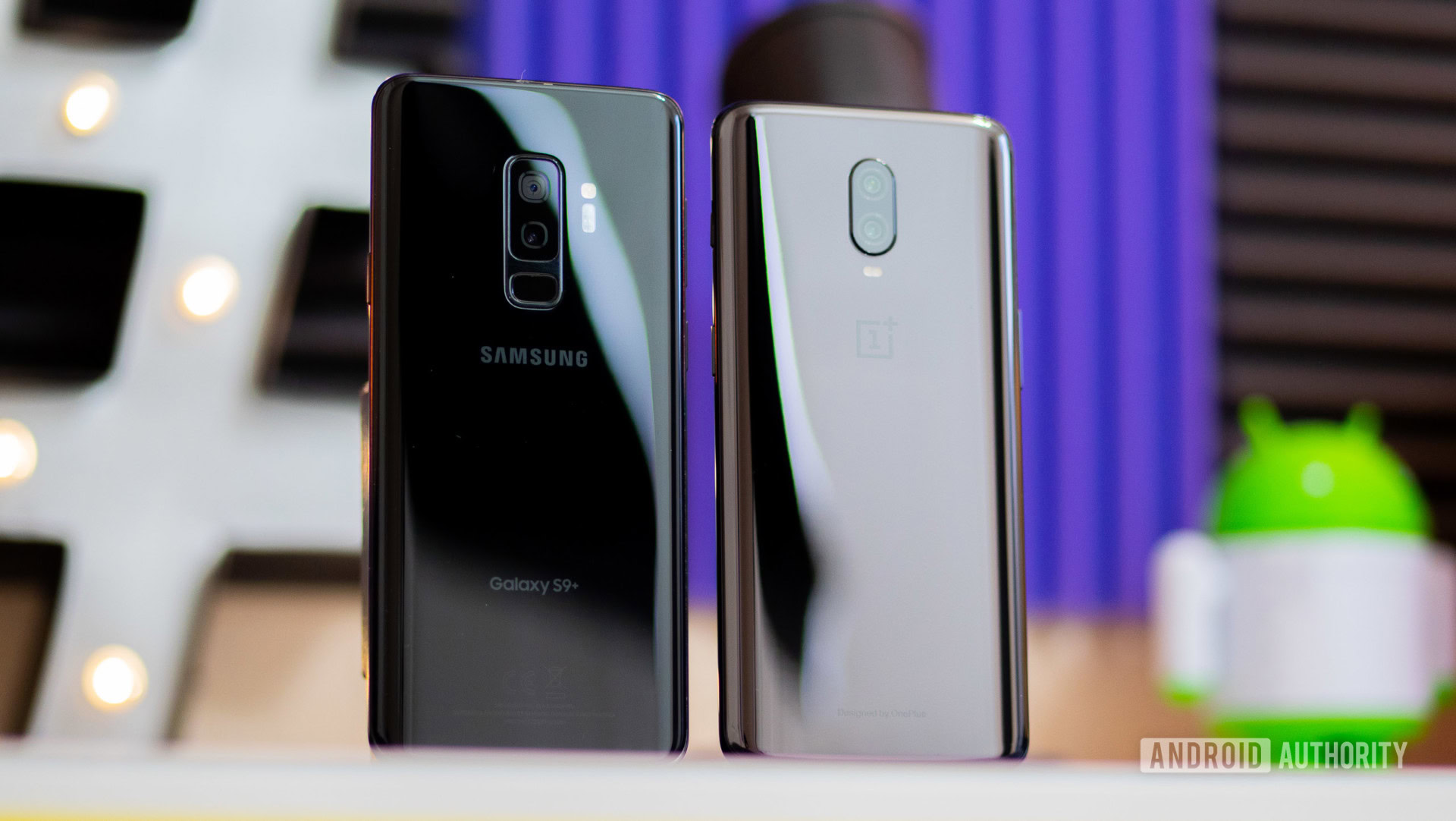
We are now at the start of 2019 after 2018’s bumper year for Android brands. Great flagship devices fighting for overall number one status included the Samsung Galaxy Note 9, the HUAWEI Mate 20 Pro, and the Google Pixel 3 to name just a few.
At the flagship level, but with just a few less features were the likes of the OnePlus 6 and 6T, both given a serious shake by the new Pocophone F1. And, at the so-bleeding-edge-it-hurts were the likes of the vivo Nex and the OPPO Find X, with competing innovations in offering full-screen devices. Even as the year came to a close, we saw HONOR and Samsung battled it out to be the first smartphone with the punch hole display instead of the notch. A great year, indeed.
But what’s the lay of the land in terms of overall brand success, value, competitiveness, service, style, and importance? Which brand is on top, and which has fallen back?
Introducing Android Power Rankings
The best Android brands, ranked.
What are power rankings?
First, a refresher or introduction to power rankings. Power rankings are, of course, mostly from the world of sports. Systems to rank teams in the NFL, NBA, and NCAA have been around for decades and are part of the fun of a long season. Teams go up and down depending on the strength the team has shown, which mostly comes down to wins and losses. But close losses against top teams can boost a low team, and scrappy, ugly wins for top teams over lower ranked teams might hurt their ranking in close races. It’s a chance to assess the entire league or division, and of course, the fans won’t always agree with whatever system is in place.
How does it work?
How do you power-rank Android brands, when everything from new devices to an unexpected update with hot new features can change rankings? Is it about proven success, or can a new upstart immediately rank well? Is it about new growth or sustaining a brand without necessarily growing? Is it about having options at every price point, or doing one phone very, very well? Well, it’s all of those.
I’ve decided each ranking subjectively, but took into account metrics such as sales, strength of reviews of devices, our very recent Best of Android results, plus recent poll results around top phones and new brands.
Here’s my Android power rankings for the start of 2019 — one man’s opinion only. I’ll aim to do this at least a few times a year… as long as you promise to argue nice! Let’s get into it.
Android Power Rankings
1. Samsung

Samsung is on top. The King is alive and continues to rule, even as the hyenas and the jackals snap away. While the challengers are coming and may have even had arguably better years across all devices, the Galaxy Note 9 still won phone of the year as best of the best of Android and is the MVP. With One UI rolling out, foldable displays just over the horizon, and new devices with punch hole displays and quad-cameras, Samsung is leading. Oh, and don’t forget the Galaxy S10 coming in less than a month.
Ultimately, here’s why Samsung wins for me. Consider two phones: same size, same specs, same price, but one is branded Samsung, one is HUAWEI. Which do you go for? Samsung, still, every time.
2. HUAWEI
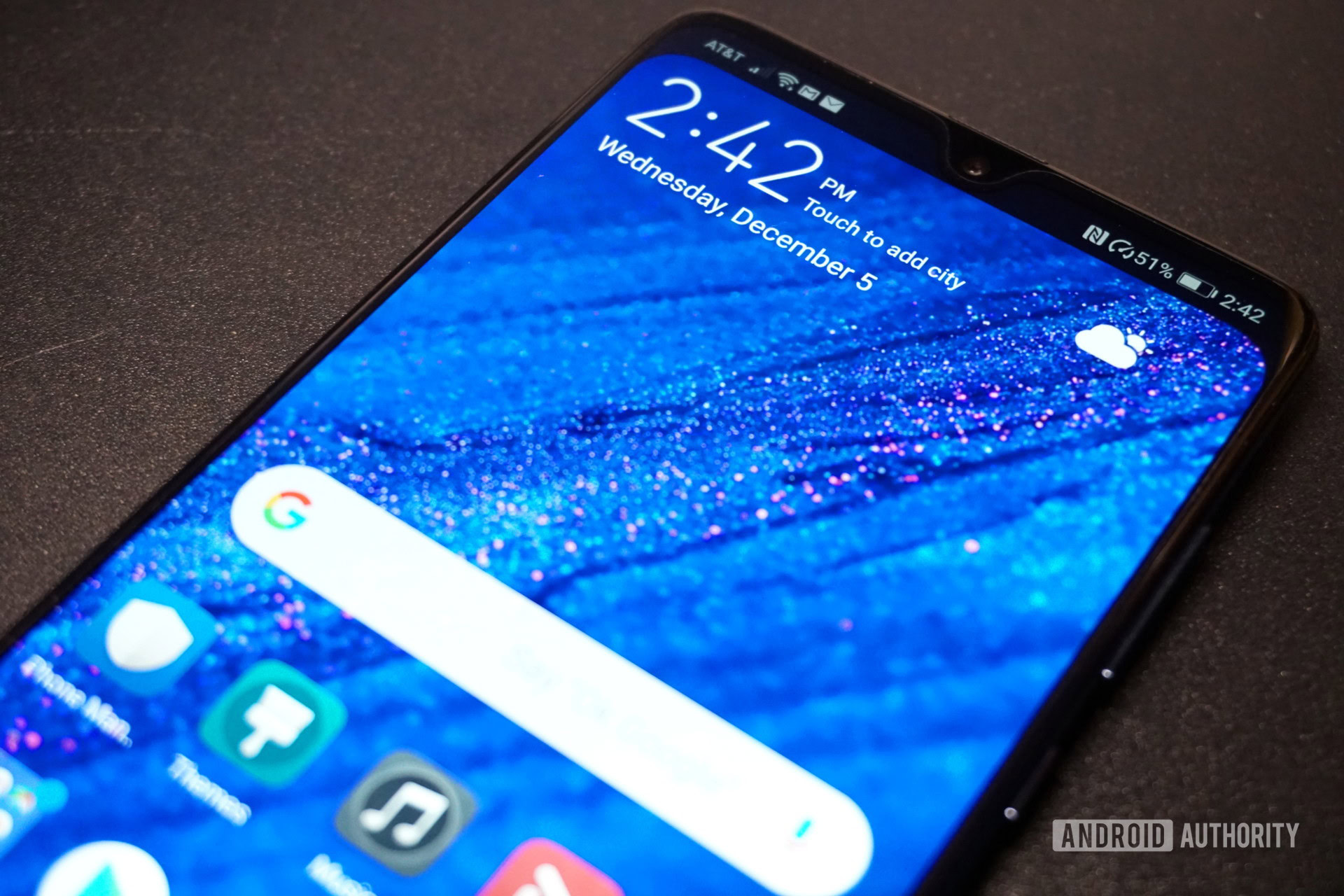
HUAWEI keeps pulling out the stops in its flagship range and its mid-range value phones. HUAWEI also has HONOR on its side to keep pushing budget flagships, challenger phones, gaming devices, and more. But zero U.S. presence really holds HUAWEI back, and that pressure may grow during 2019. The Mate 20 Pro was a valiant runner-up behind the Note 9 and showed HUAWEI has the lead at the moment with the Kirin 980 chipset in terms of performance – just. HUAWEI is pretty much the only top player showing massive growth – 35 percent in 2018. Will the next Android Power Rankings see it beat Samsung, just like HUAWEI promised it would do in terms of market share?
3. OnePlus
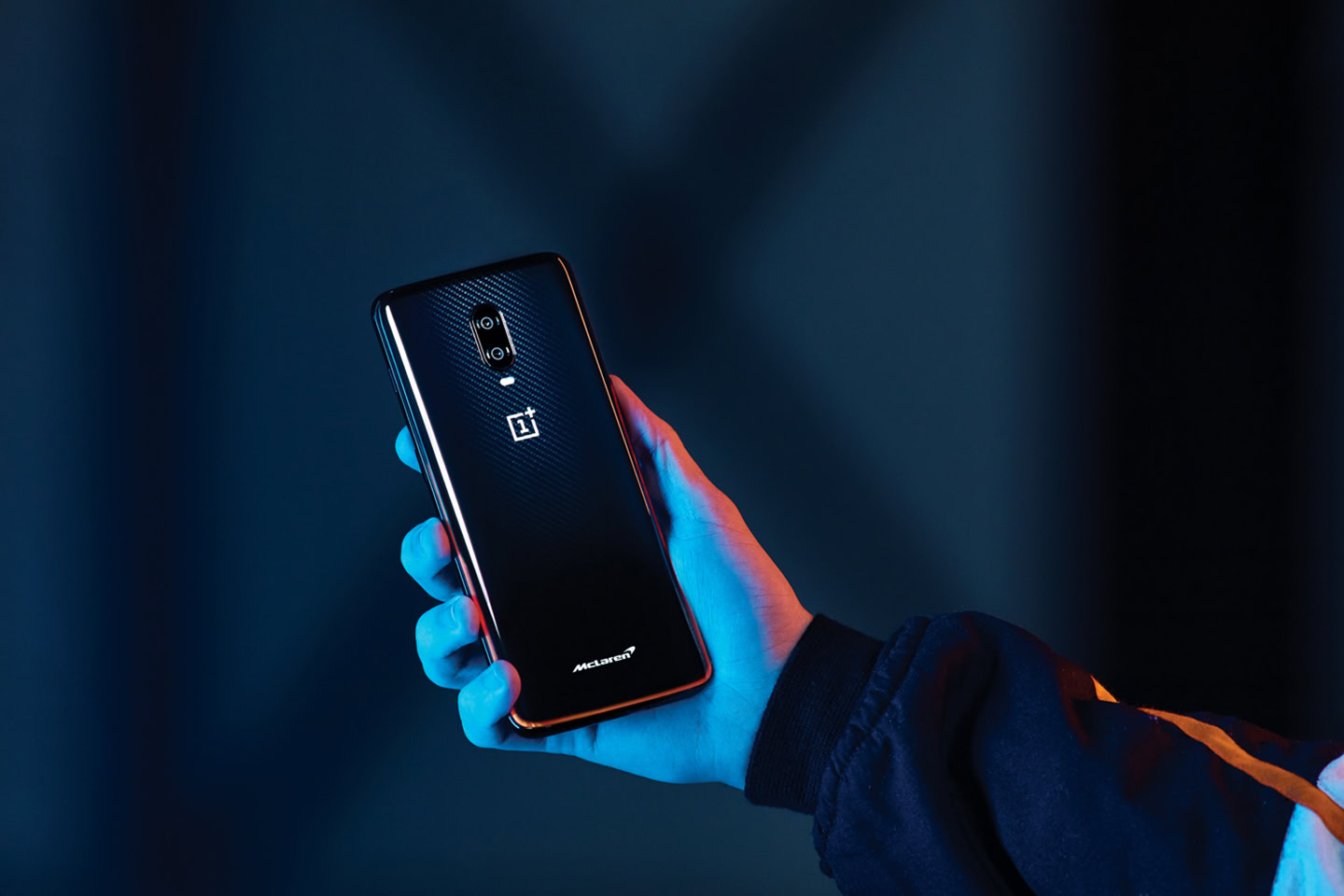
This is a very high mark for OnePlus, but 2018 was almost a complete success and the brand is massively desirable. The OnePlus 6 started as one of the best phones of the year, and the 6T kept up the momentum. The OnePlus 6T, however, became a divisive release, missing a headphone jack and trading it for a slightly slow in-display fingerprint sensor. The 6T McLaren addition added some premium vibes. Sales were strong, partnerships in the US are growing, but prices keep trending upwards too. The brand is definitely boosted by a strong software release cycle and timely updates. OnePlus 7, a separate 5G device, a TV, and more, await.
4. Xiaomi
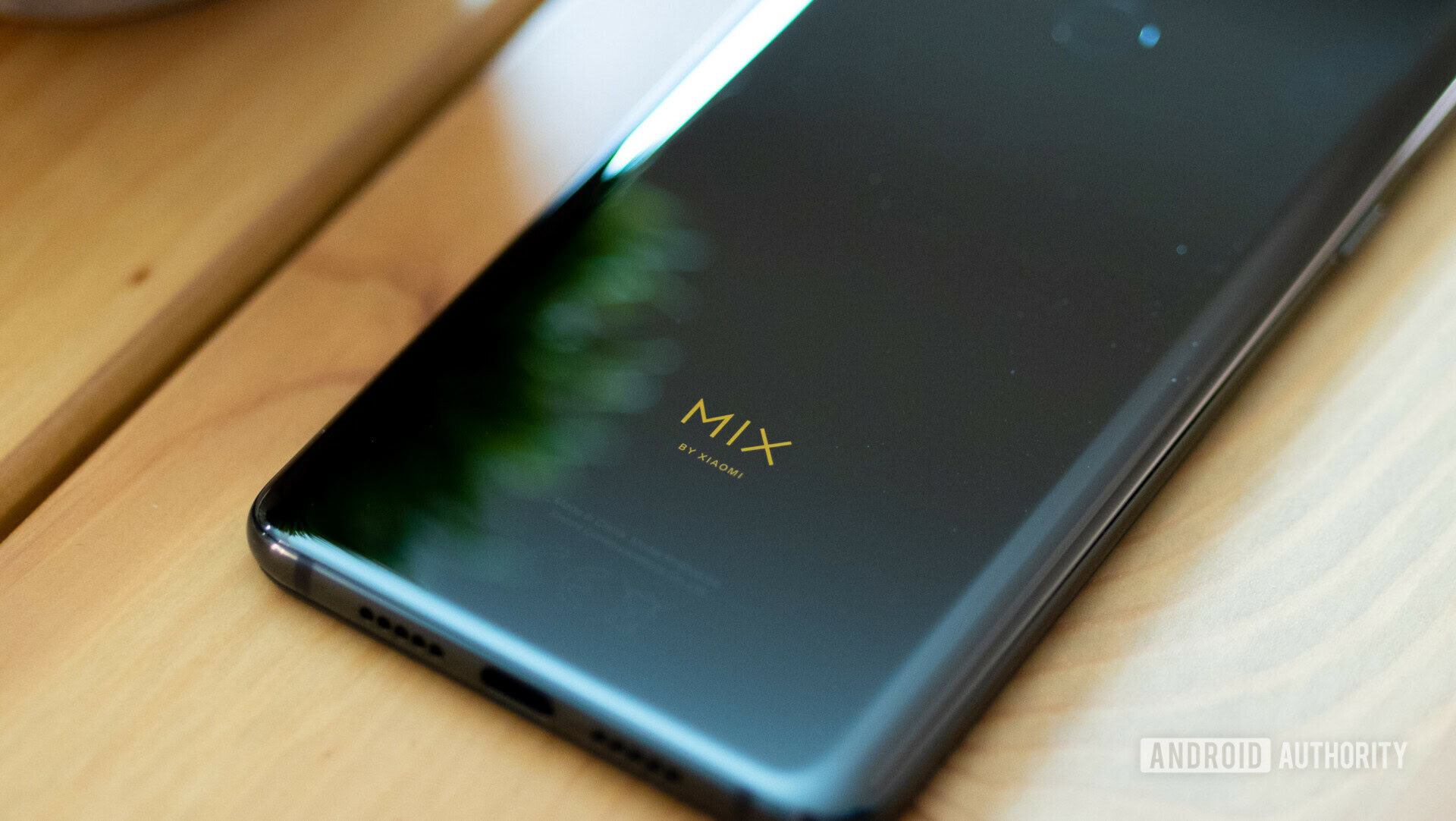
The race for third place is close. I debated if Xiaomi is first next-best or second-next best after Samsung and HUAWEI. Xiaomi’s a massive player in China, India, and growing strongly in Europe. The Mi Mix series offers flagship performance, the Redmi sub-brand (which is still very much Xiaomi) dominates budget devices, while the big brand keeps experimenting with sub-brands and new contenders as well. The Apple of China probably isn’t as true as Xiaomi might like, but the brand is boosted by its jack-of-all-trades offerings as well, with the UK storefront looking surprisingly good. A far bigger presence than OnePlus, but I’d 100% rather have a OnePlus device over a Xiaomi device, for now.
5. Google
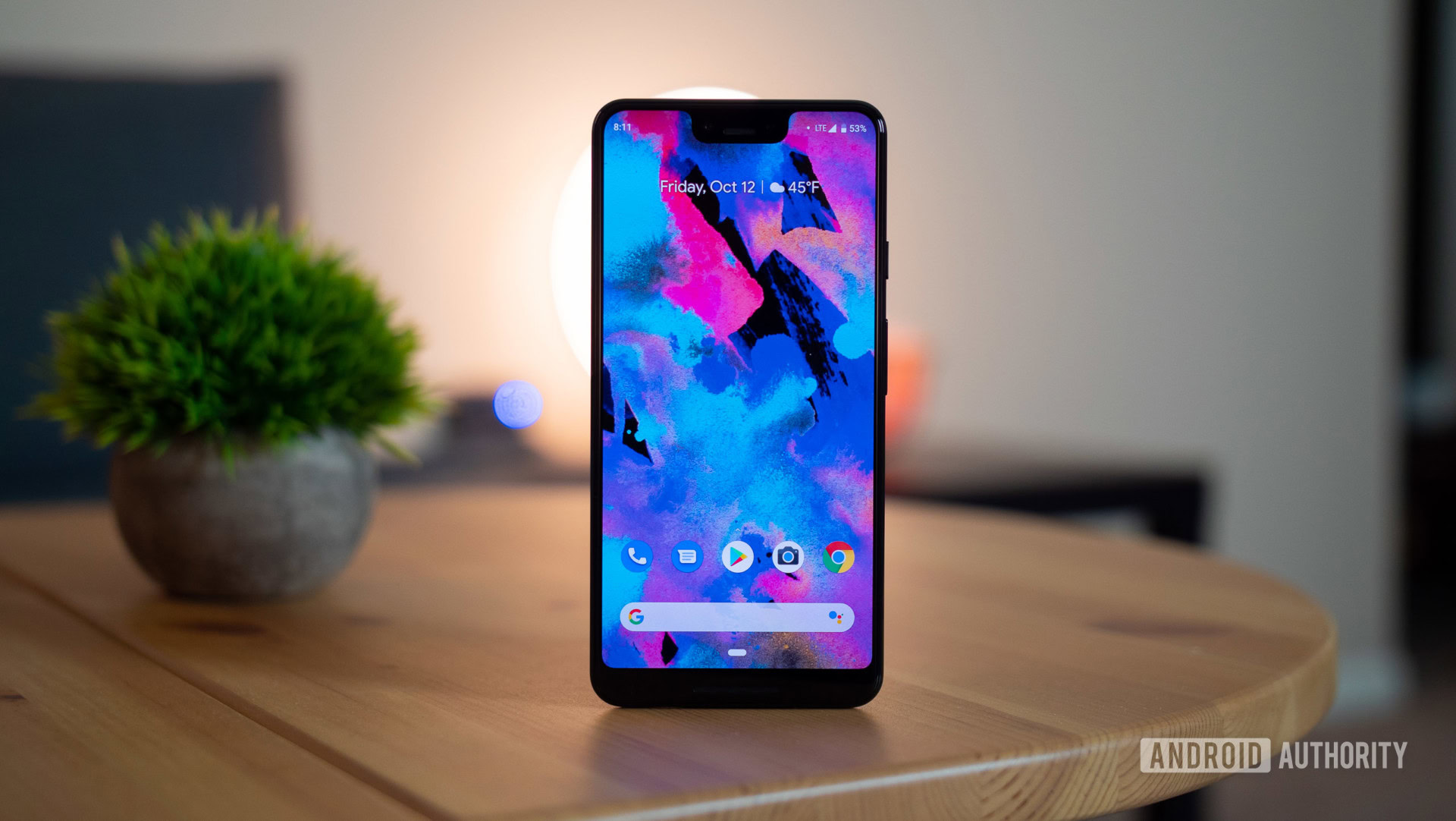
The Google Pixel range isn’t yet inside the top four. The Google Pixel range is the benchmark for photography, despite DxOMark’s fumbles in its ranking. But the Google Pixel 3 wasn’t enough to elevate the brand to a proper main player – the phone was expensive, not widely available, and honestly all those leaks made it feel a bit… cheap? Pixel is a great home for Google’s best and brightest software and features, but neither the Pixel 3 or the Pixel 3 XL really stood out other than for the camera and perhaps Google Duplex. Will the rumored Pixel 3 Lite change this?
Still, Google is well ahead of the rest below here and with all those former HTCengineers, is cooking its own hardware for real in 2019.
6. LG
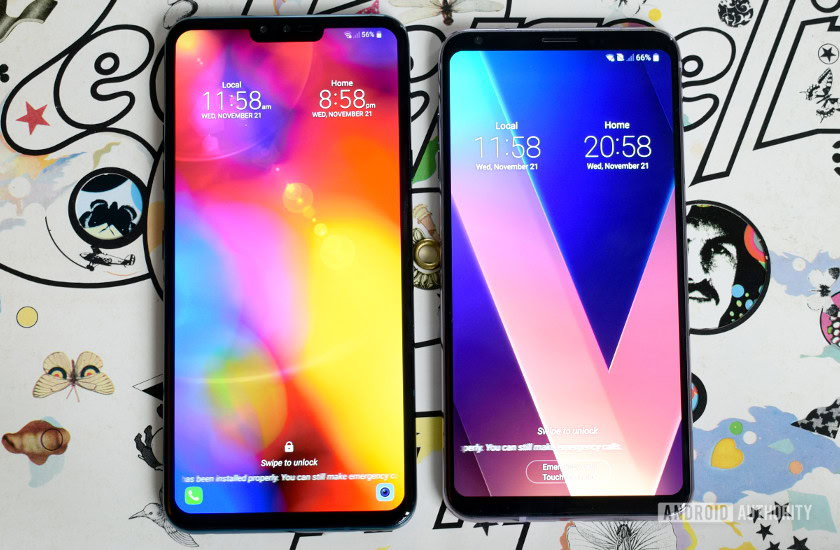
LG’s G7 was one of the better flagships this year, although it wasn’t amazing in any one area. The V40 also showed innovation, but LG is fighting an uphill battle for attention against HUAWEI, Samsung, and others. Never bad, never amazing. Stumbles like announcing an LG G7 One running Android One, and then not announcing pricing for weeks (if not months) might tell us someone, somewhere, jumped the gun. Slow software updates remain a problem. LG is one of the great brands in electronics across all facets of electronics, but in smartphones, can’t figure out how to beat the best. One positive for us, if not LG, is that these devices can often be had for a bargain price just a few months after release. As we asked last week: will life be good in 2019? Let’s hope the rumored foldable phone is a winner.
7. Nokia
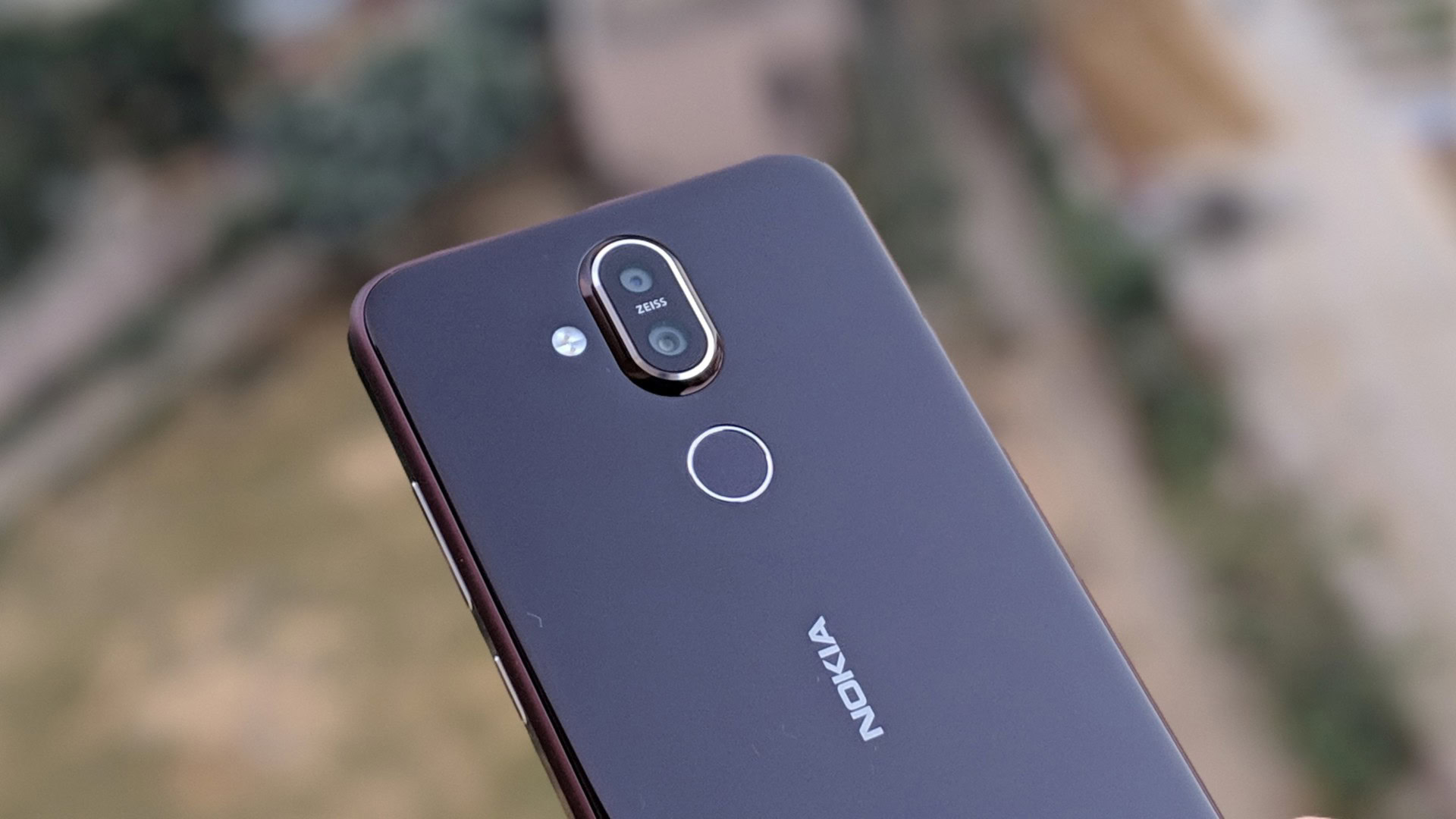
Nokia is firmly back. It has continued to produce a steady stream of quality budget wares, with the Nokia 7 Plus and 7.1 being two standouts. The Nokia 8 Sirocco was the first attempt to produce the premium flagship Nokia needs, but it was overpriced and had just as many things to dislike as anyone could like about it. Nokia needs a solid performer that everyone wants if it truly wants to climb up the ranks. Solid performer, very likely selling more than LG, and unlikely to fall from here unless 2019 is a shocker.
8. OPPO
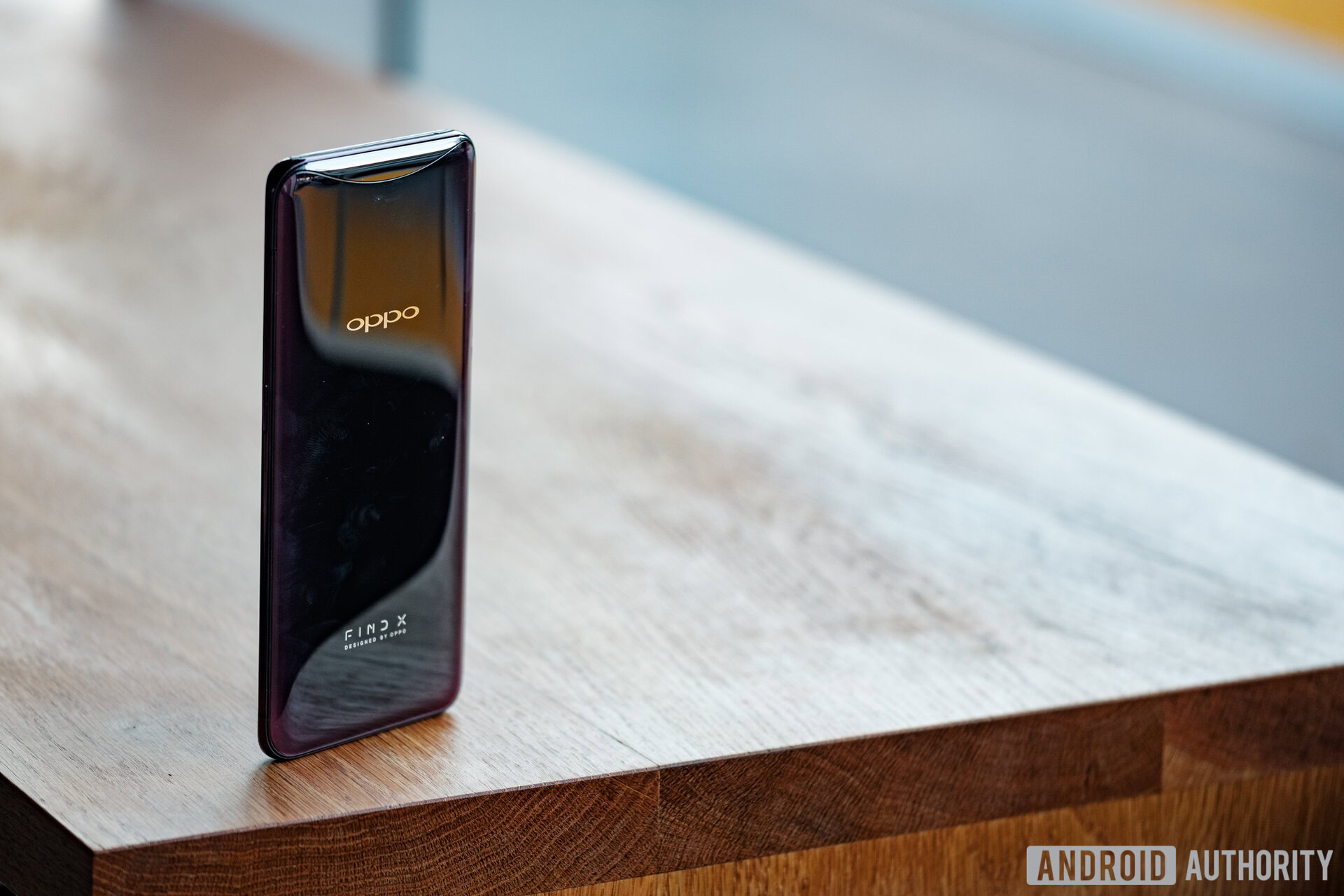
The OPPO Find X was one of the more innovative designs of the year and brought OPPO a big uptick in brand recognition after it proved to be more of a gimmick. The company’s VOOC Super Charge tech was rather slick too. But the company has definitely been overshadowed by its own stablemates in OnePlus, while a competitor like POCOphone came from fierce rival Xiaomi without fighting back directly. Solid, with faint glimpses of spectacular.
9. Sony
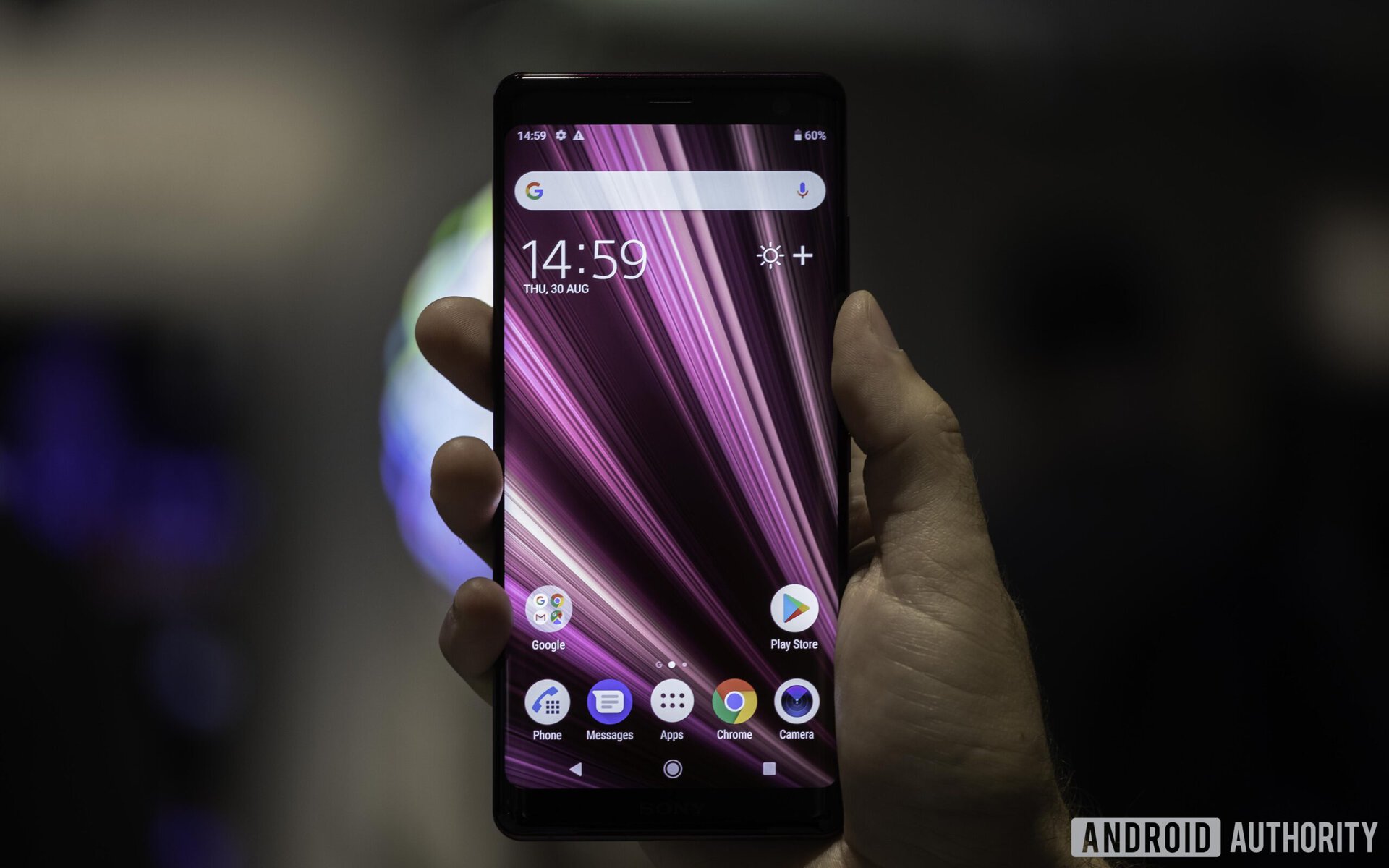
The OLED-screened Sony Xperia XZ3 won numerous IFA awards and showed Sony is still a major player. Before that, the Sony Xperia XZ2 whiffed a bit for being pricey and not having a camera that lived up to the Sony name. Mid-rangers from Sony didn’t always go to plan either – the XA2 series was out of step with the latest trends. But the XZ3 was such a return to form, plus Sony’s solid wider brand and heartland of fans means that it holds onto a top-ten spot. The rumor is Sony might even bring back the headphone jack. Who knew manufacturers really might be listening?
10. HTC
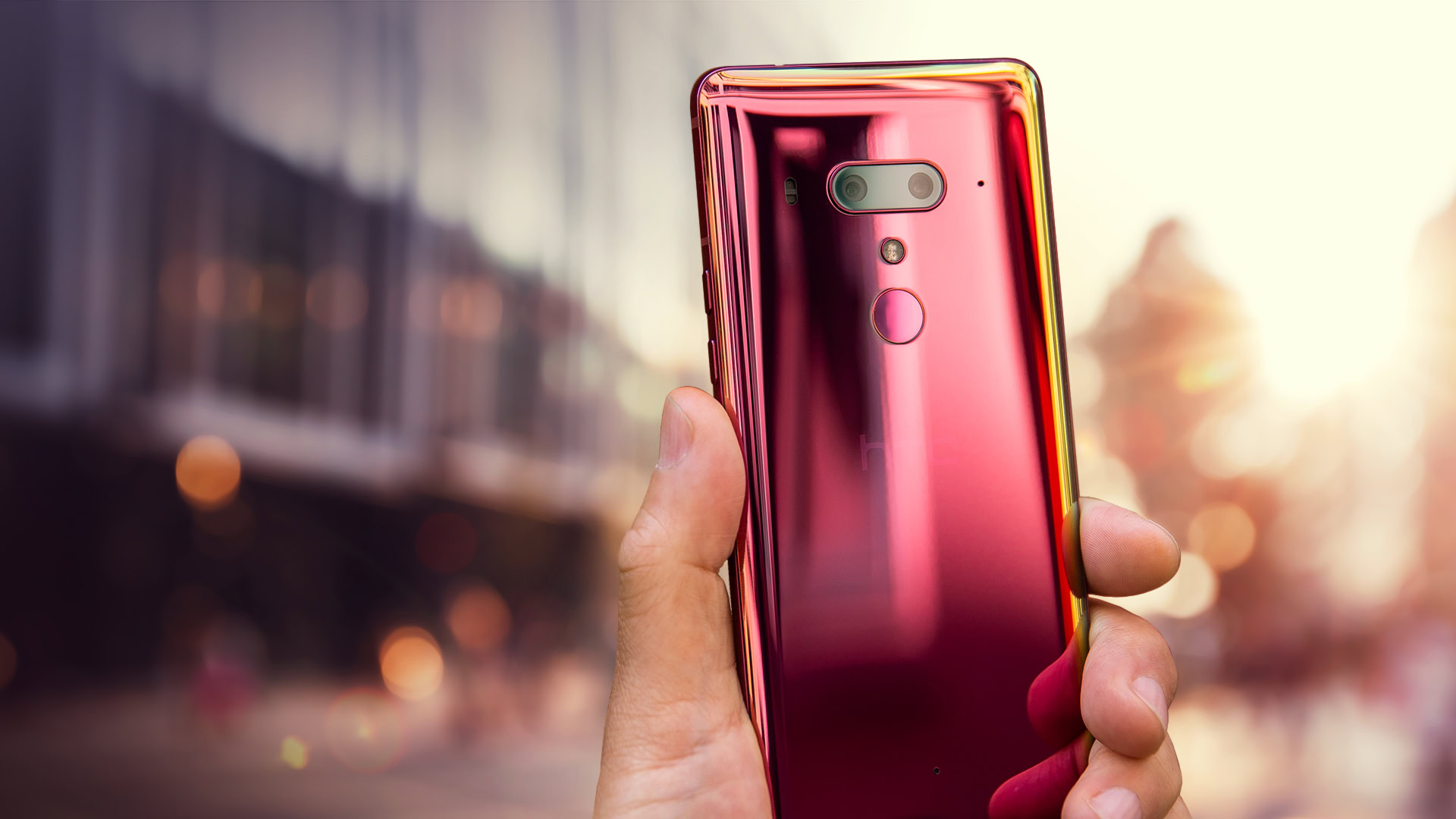
Poor HTC. Everyone knows HTCisn’t the force it once was. It tried in 2018 but it couldn’t really make a mark. The HTC U12 Plus was and remains a genuine flagship, but had an eye-watering price that did it no favors at all. It also suffered from mistakes like middling battery life, slow software updates, no headphone jack, and couldn’t tick every box its rivals could for features. The return of the headphone jack in the mid-range HTC U12 Life was very welcome. Unfortunately, the device sits in a world where far more competitive alternatives exist, and being a HTCdevice alone doesn’t trigger an automatic buy. Top ten for now but in 2019 too?
11. Lenovo / Motorola
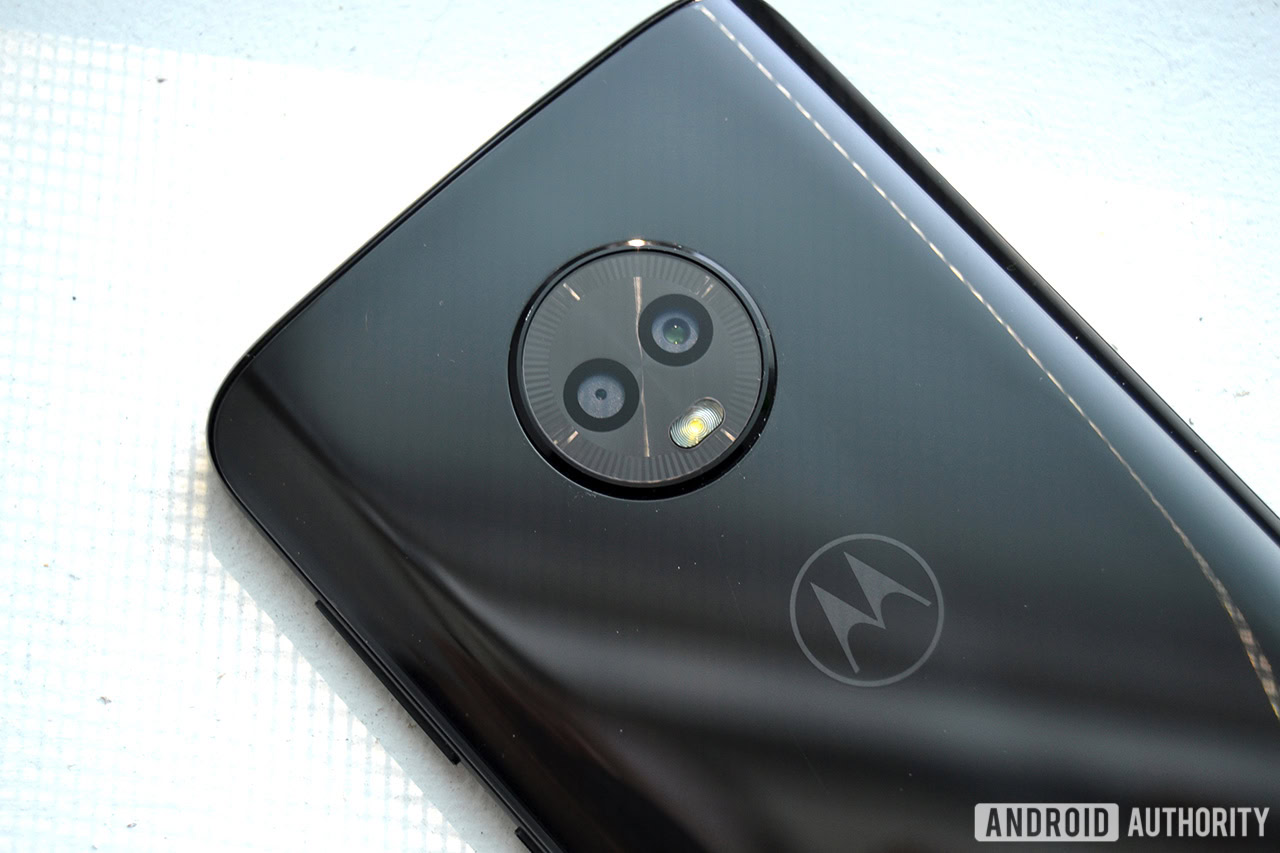
Lenovo keep promising intriguing smartphones but haven’t yet delivered a must-have device. Motorola, bundled in here, seems to be drifting in the wind more than making claims for an almighty comeback. The Moto G6 was a definite budget winner at least. Still trying with Moto Mods, including a 5G mod, for some reason. Here’s hoping the Moto G7 is a winner. As for Lenovo, it’s trying to have the first Snapdragon 855 device in 2019, but what Lenovo says and what Lenovo does aren’t always the same. I am genuinely excited to see this new foldable display Moto RAZR-like device.
12. vivo
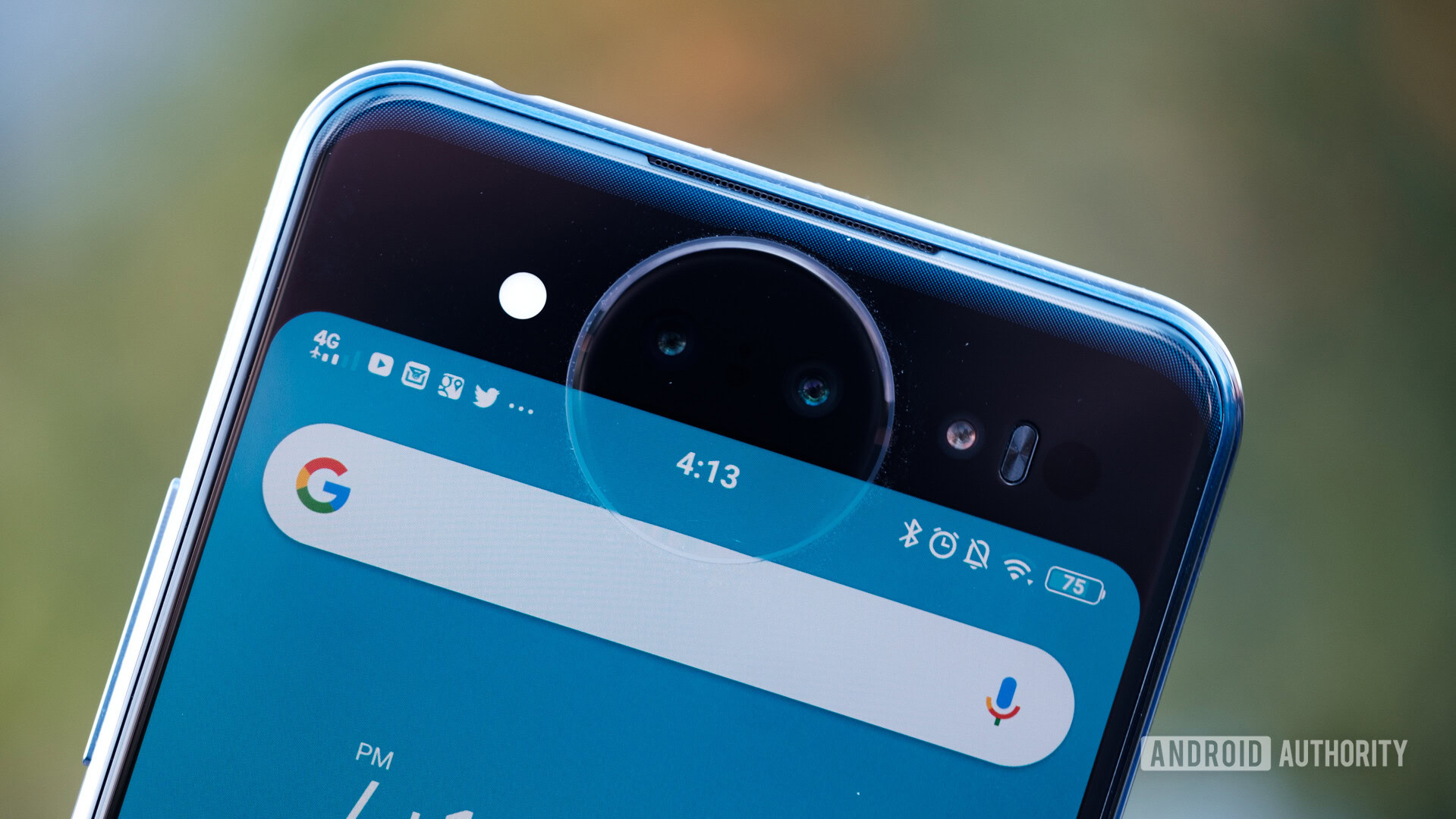
The vivo Nex was one of the hits of 2018, and a sign of things to come in terms of innovations that enable full-screen displays. I played with the little pop-up camera in person, and came away far more impressed than I thought. The V11 and V11 Pro were decent mid-rangers, while the vivo X21 had the world’s first in-display fingerprint sensor. The dual-display vivo Nex 2 offered more leading innovation. But vivo’s not quite mainstream, and its software is just awful, or at least not designed for a Western audience. A real bleeding-edge brand, but a powerhouse it isn’t. Yet.
13. POCOphone
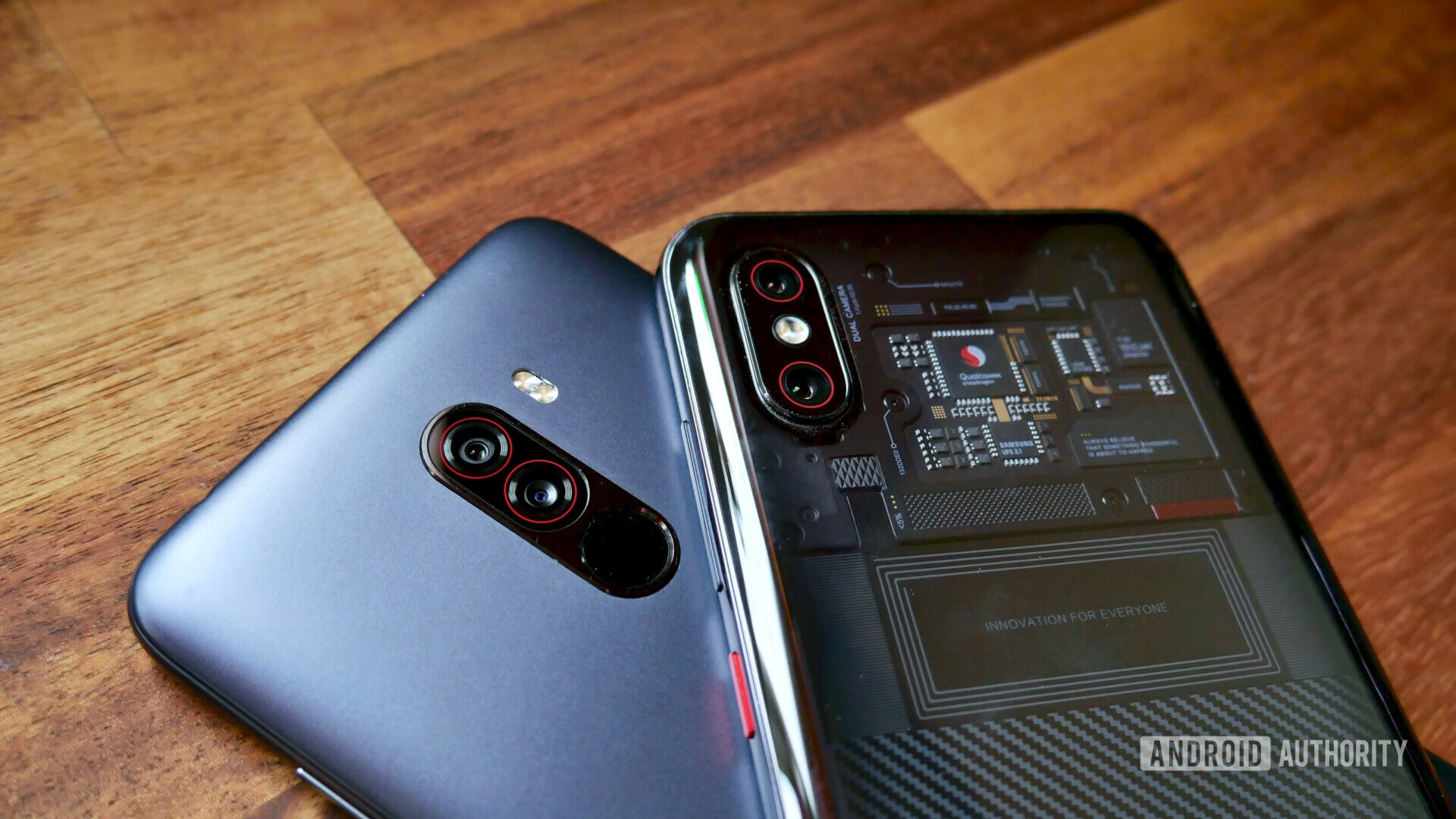
The Pocophone F1 was really a standout and worthy of the title Rookie of the Year (ROTY) for 2018. It had all the sharpness of Xiaomi manufacturing and supply chain genius, all at a superbly value-packed price. It sold like hot cakes and garnered huge interest for a new device, but crucially wasn’t available globally. A big start to life in 2018, and the F2 with Snapdragon 855 will be hotly anticipated. If you perhaps think this is a rather low position, it’s because of a couple of reasons. POCOphone is very closely tied to Xiaomi, and it’s super new and hasn’t proven itself over longer term. The F1 also didn’t come with important little things like full Widevine DRM for watching HD video, or the requisite cellular bands to fit all places at all times. Still, who can argue at the price, even if your aunt can’t call you in the USA on Verizon? Impressive ROTY, but watch out for a second-season slump.
14. BlackBerry
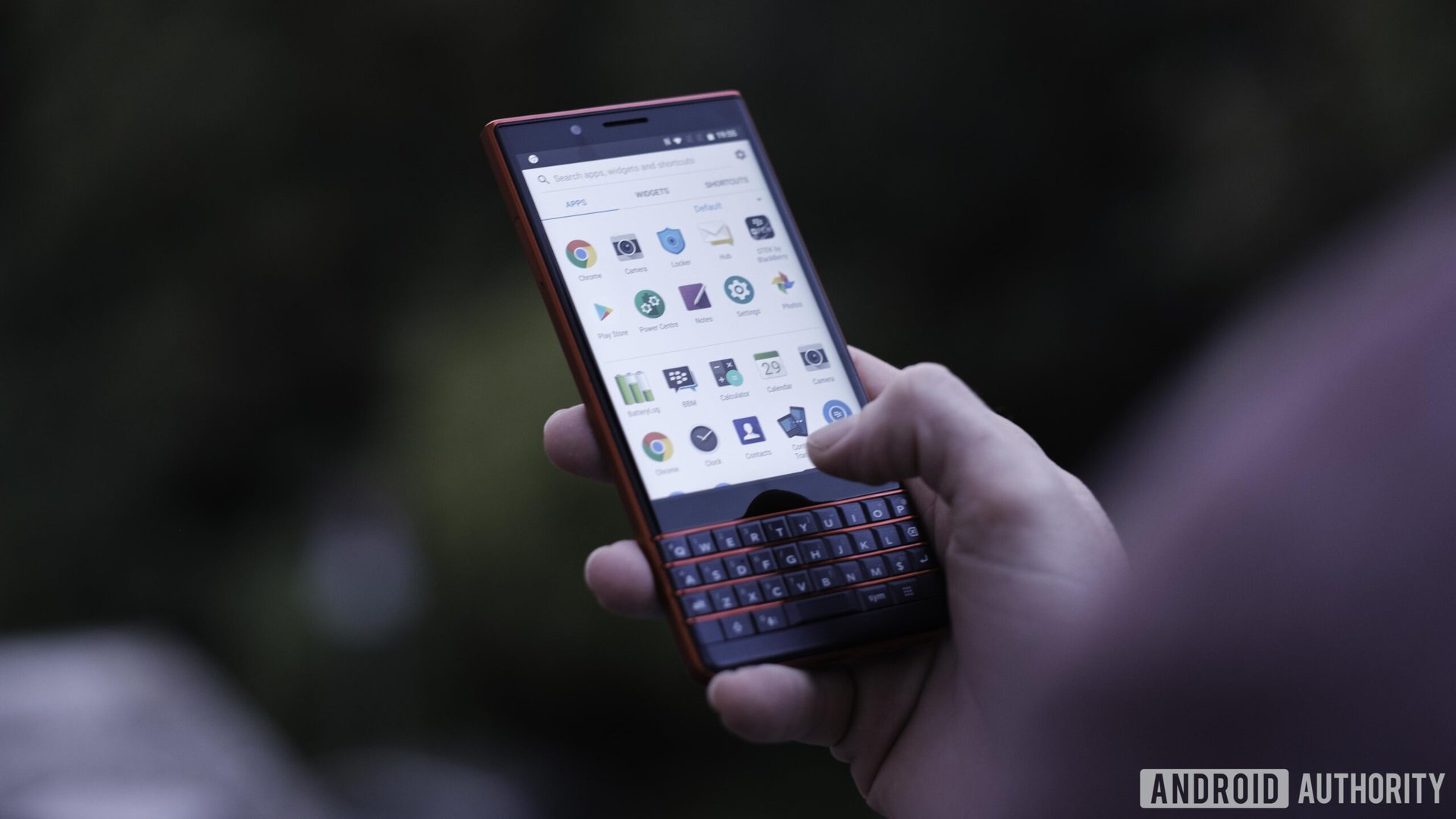
The Blackberry KeyONE was definitely a smartphone with a keyboard. The Blackberry Key2 was a smartphone with a keyboard that you might even buy, if the shouting YouTubers (you know who they are) didn’t talk you out of it. Then the Key2 LE saw an interesting debut, trying to go low-fi and become more attractive to people who might want a physical keyboard, not spend a lot of money, and even feel like it’s for them. These are deliberately more executive-targeted devices and probably a little too niche to be near the top 10. Backed by solid software which is definitely not always the case below the top eight.
15. ASUS
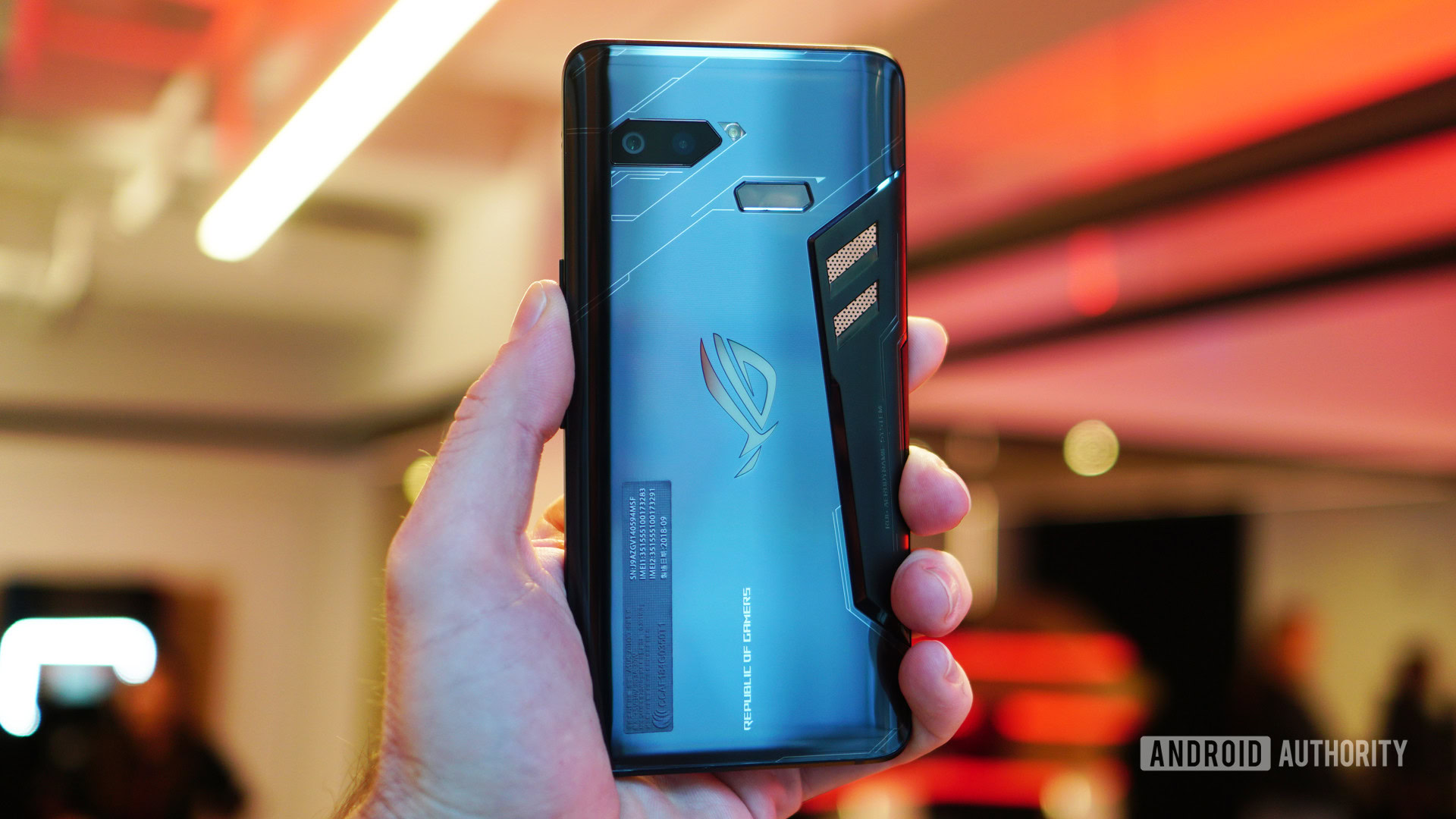
Between the Zenfone Max Pro M1, Pro M2, and Zenfone 5Z, ASUS made value for money a key theme in 2018, with the 5Z a genuine affordable flagship. The former device in particular was a big winner in the Indian market. The ROG phone caught the eye of gamers too and had a wide release which is encouraging. ASUS has talked about 2019 being a focusing on mobile gaming, so stay tuned for how that shakes out this year.
16. Razer
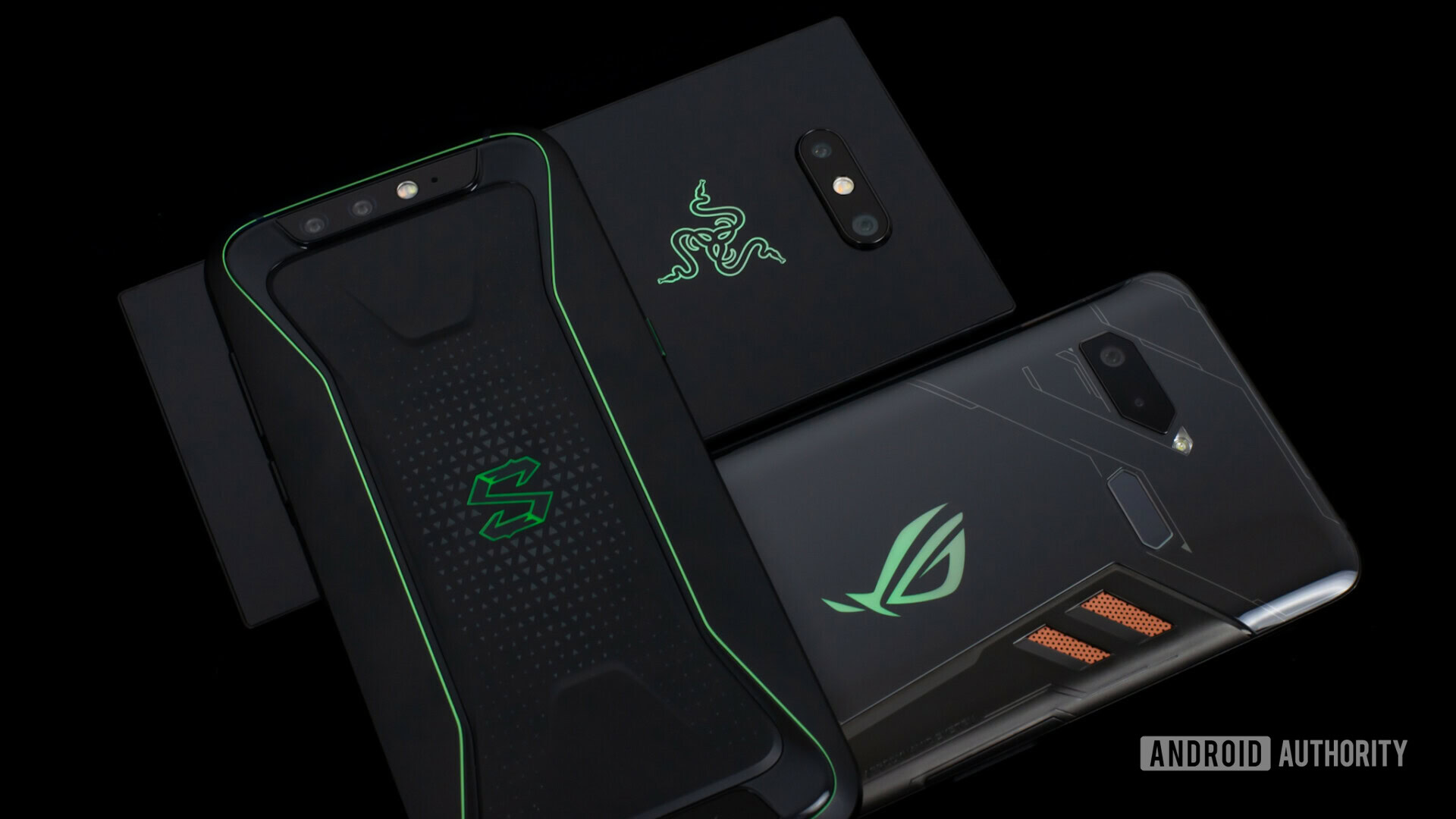
The Razer Phone 2 achieved some great improvements over Razer’s first phone but competition is fierce. Encouraging signs for a really established brand in the gaming scene, and at least the 120Hz refresh display gave gamers something genuinely unique for the money, but not anywhere near the bigger guns. This rank feels low, but at the same time, do you own a Razer Phone?
17. realme
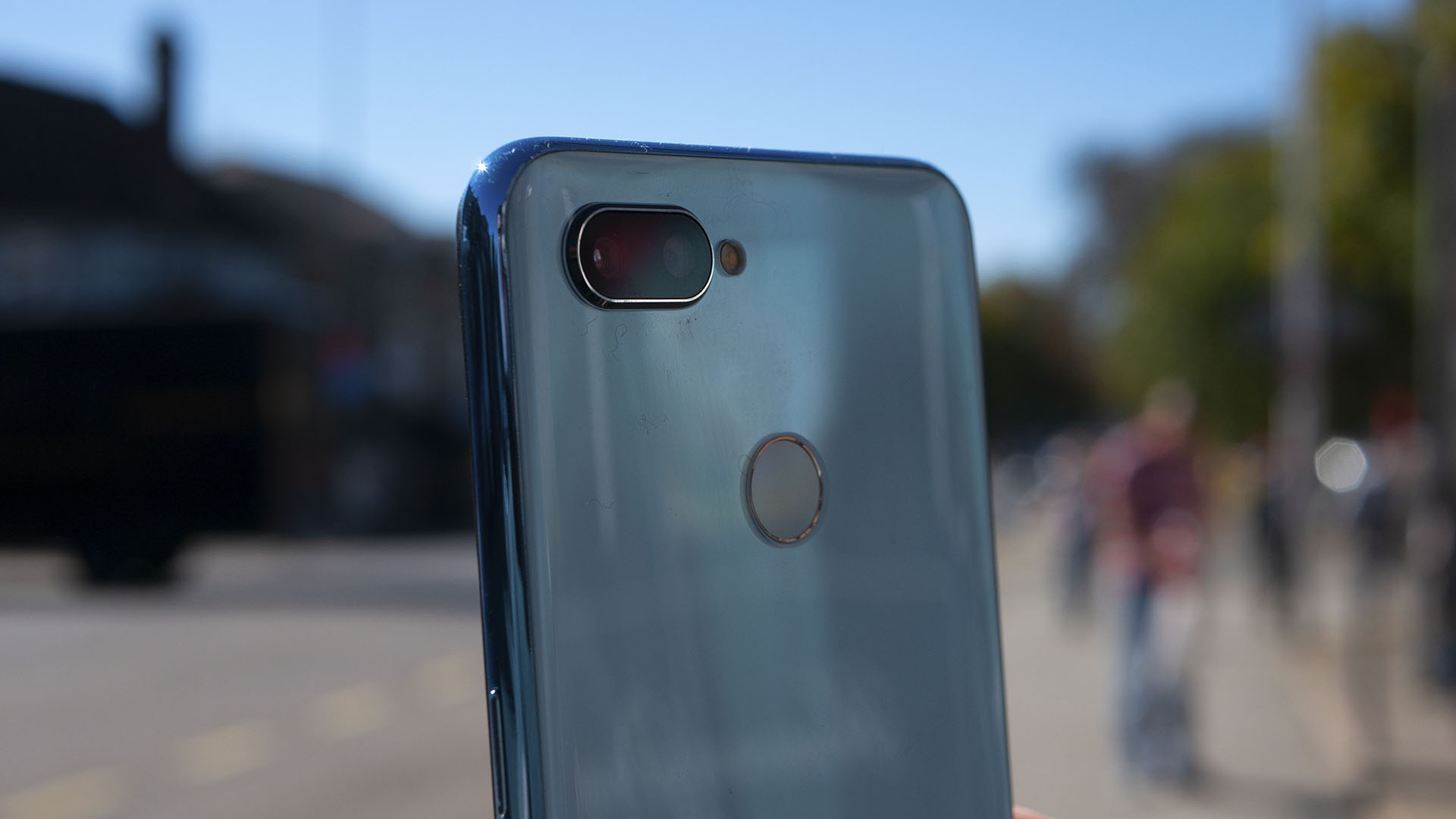
realme sprung up as OPPO’s solution to the Redmi juggernaut in India. The realme 1 and realme 2 and realme 2 Pro all came to play in 2018 and immediately gave the budget range something to think about. The reviews didn’t rave about these new devices but realme did spring into the top three or so in sales in India by late 2018. That’s all it had to do last year. Too low-end for more mainstream consumers, singularly focused on one country for now, but that might change in time. If so, it could be upwards from here.
18. ZTE
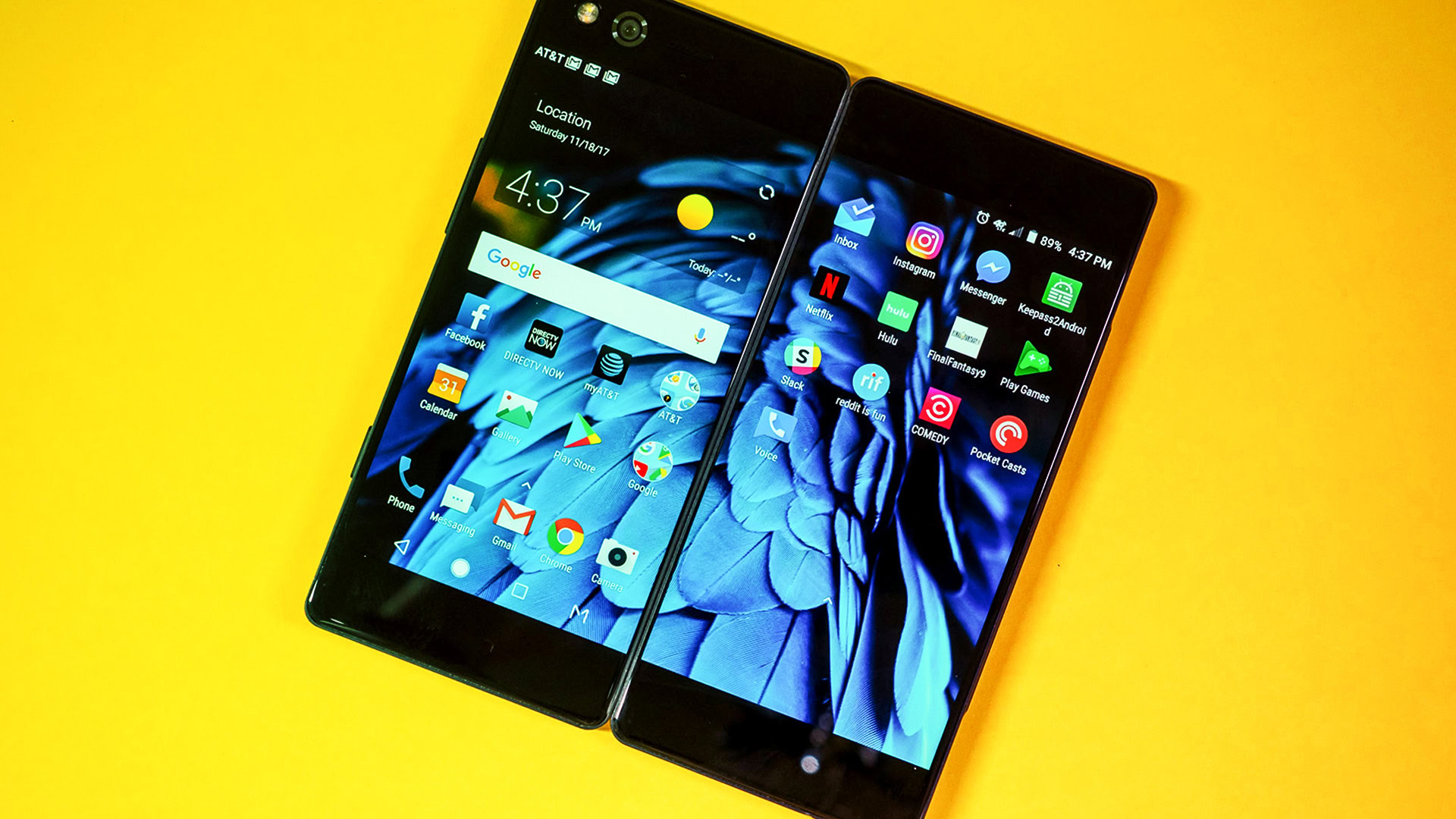
ZTE ranks near enough to last after the decapitation attempt and late-rescinding from the U.S. government. ZTE will be back and isn’t likely to be down this far in 2019, but for now, one of the bigger players in recent years is resetting and refocusing.
19. Essential

Questionable even in existence, Essential had one good phone in 2017 that’s now a bargain. But it didn’t sell enough, and its camera took more than 12 months to get up to speed. The 2018 cupboard was bare without a new phone and with founder Andy Rubin in hot water. Essential ended up buying an email app, for some reason. What’s next for Essential in 2019? Retirement?
20. Red
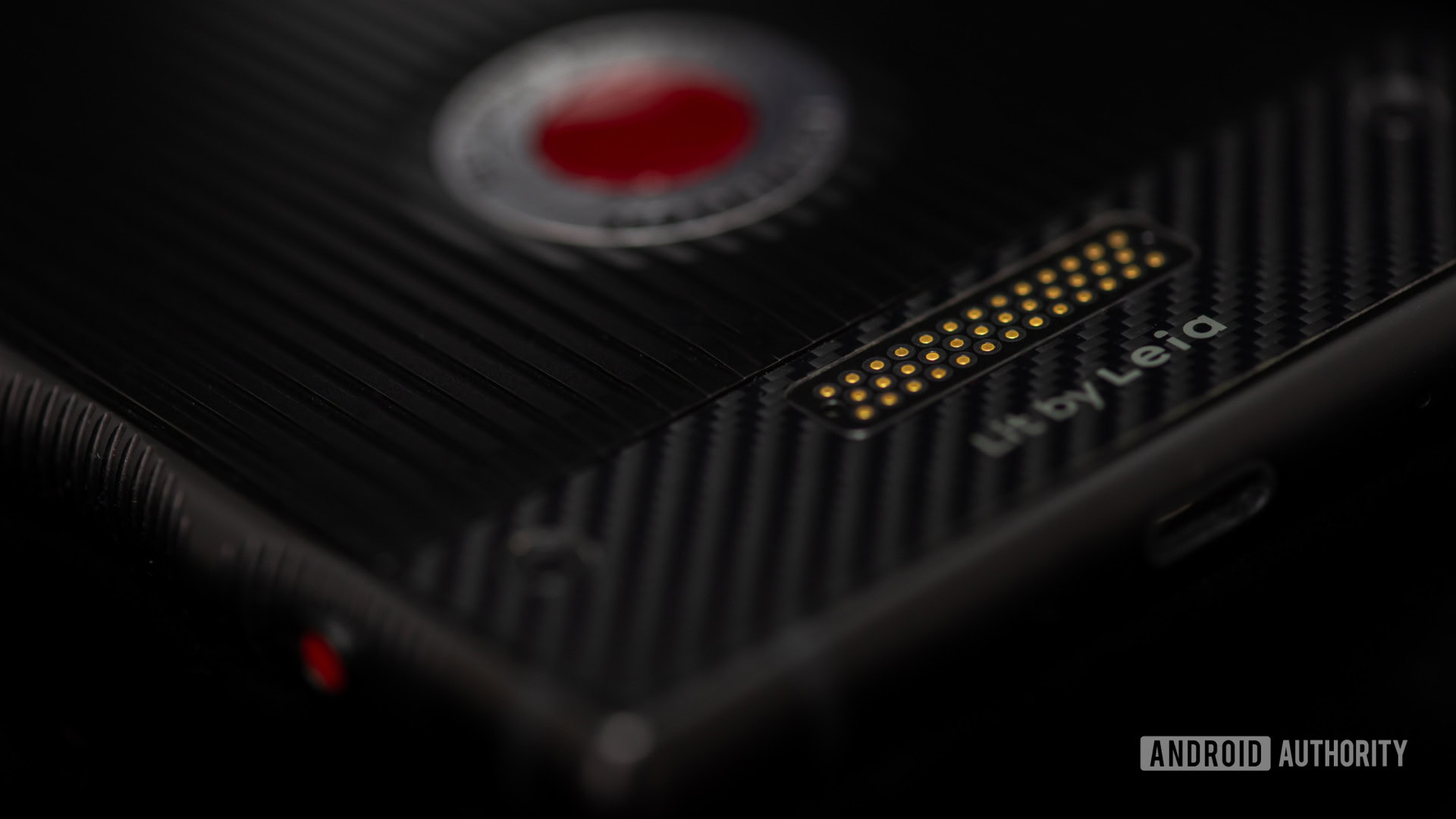
The Red Hydrogen One was sort of the anti-Pocophone F1. It generated plenty of interest in its hyped new-fangled display, but then it all collapsed as the Hydrogen One turned out to be lots of outdated bits cobbled together, a trick display with no real purpose, and oh yes, ridiculously expensive to cap it off.
Ranked lower than Essential, because not releasing a phone in 2018 is better than coming to the table with this. Sorry Red. Change our minds this year.
So, how’s the top 20 looking to you? Questions, queries, concerns? Let’s take it to the comments. We’ll be back with updated rankings in a few months time!